Turtle Lodge is a unique and innovative example of an Indigenous-led health service partnership in Canada. It is a health clinic in Western Canada which focuses on providing care to the local community by using traditional Indigenous knowledge in combination with Western medical practices, and promoting self-determination in community health. It works in partnership with health care providers, administrators, Elders, healers, Knowledge Keepers, political leaders, youth, community members and international visitors.

So what?
Turtle Lodge is just one example of a growing trend of community care models focused on empowering locals to take ownership of their health and blending Western medicine with traditional medicinal practices.
Because of the dominance of a biomedical approach to health care in Canada, the health system often does not serve Indigenous Peoples well. First Nations, Inuit and Métis Peoples continue to encounter major barriers to accessing and using health services, whether that’s racism, disrespect, differential health care, language discontinuity or lack of trauma-informed care.
Indigenous-led approaches to health care as exemplified by Turtle Lodge are needed because they effectively address the health inequities that have arisen from complex historical and contemporary traumas faced by many Indigenous communities. They are also more culturally appropriate because they use more diverse conceptions of health and wellness.
Indigenous-led health partnerships at the community level are important because can improve access to care, adherence to care plans and many health outcomes. There is evidence of this from around the world. The Nuka System of Care in Southcentral Alaska, for example, was designed in response to the desires of Indigenous Peoples who use and own it and – over a 10-year period – has reduced emergency department use by 42%, reduced hospital days by 36%, reduced staff turnover by 75%, increased childhood vaccinations by 25%, and increased patient and client reports of satisfaction in cultural safety at 94%.



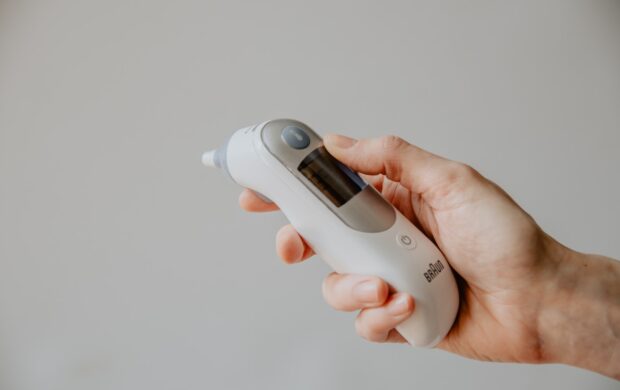

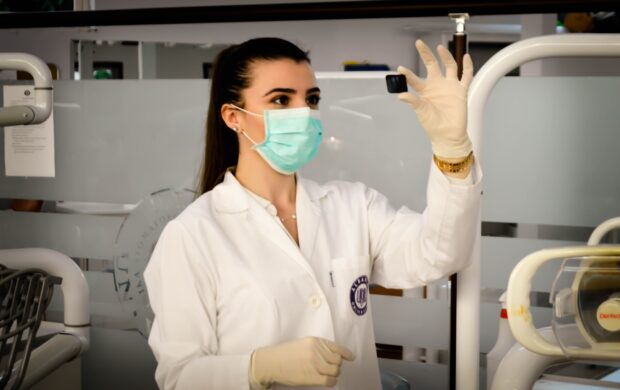
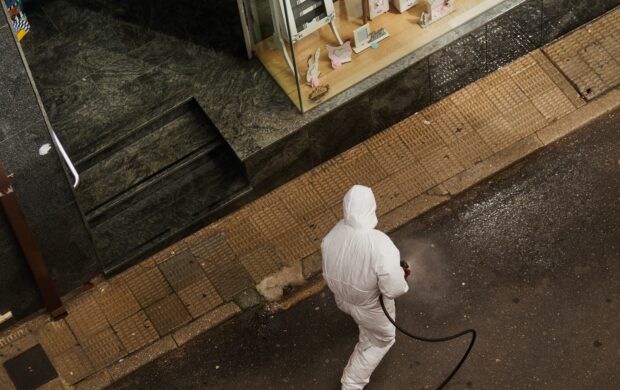
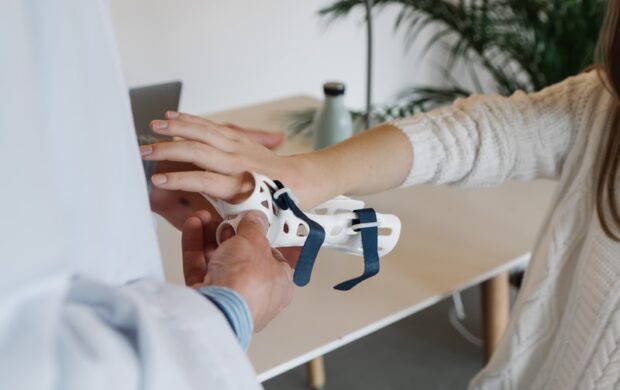


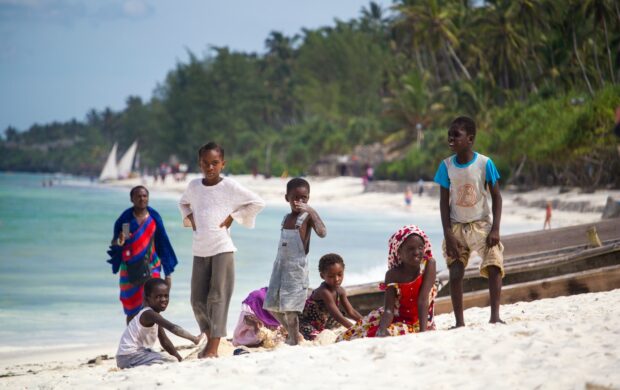
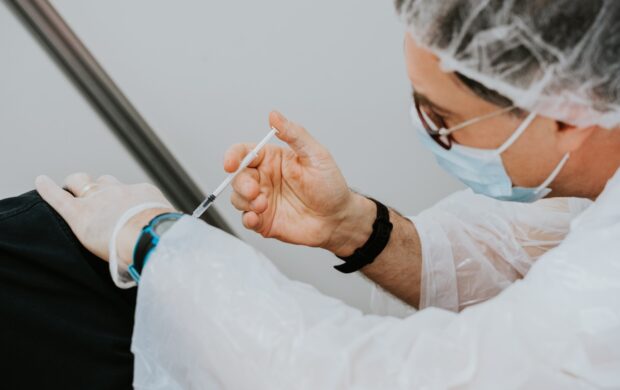



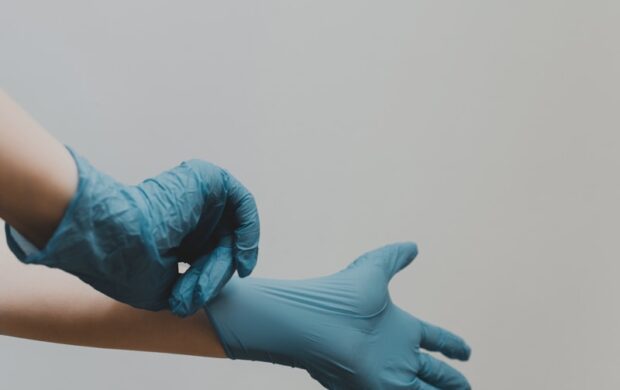
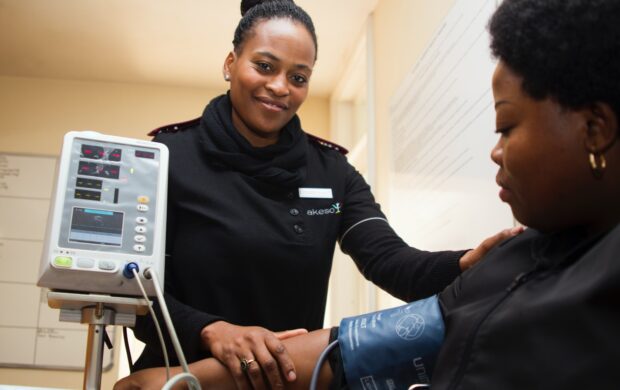



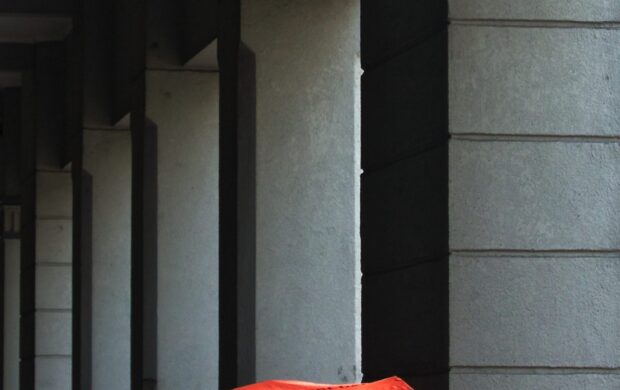

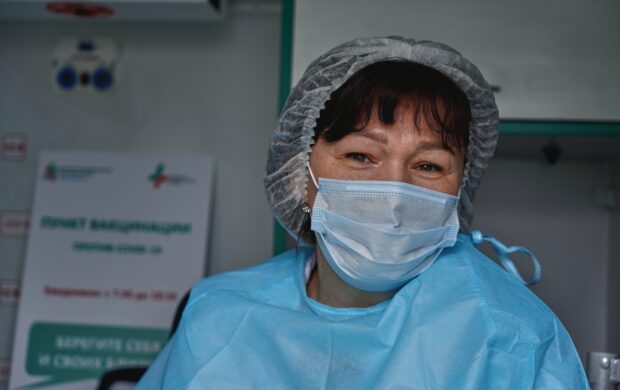

Best Medical Coding Services in USA | Revantage Healthcare
Revantage healthcare delivers top-tier medical coding services in the USA, ensuring accurate ICD-10, CPT, and HCPCS coding to optimize revenue cycle management and regulatory compliance for healthcare providers.
Medical Coding Services, Best Medical Coding USA, ICD-10 Coding, CPT Coding, HCPCS, Revenue Cycle Management, Healthcare Compliance, Revantage healthcare
https://revantagehbs.com/medical-coding-services/